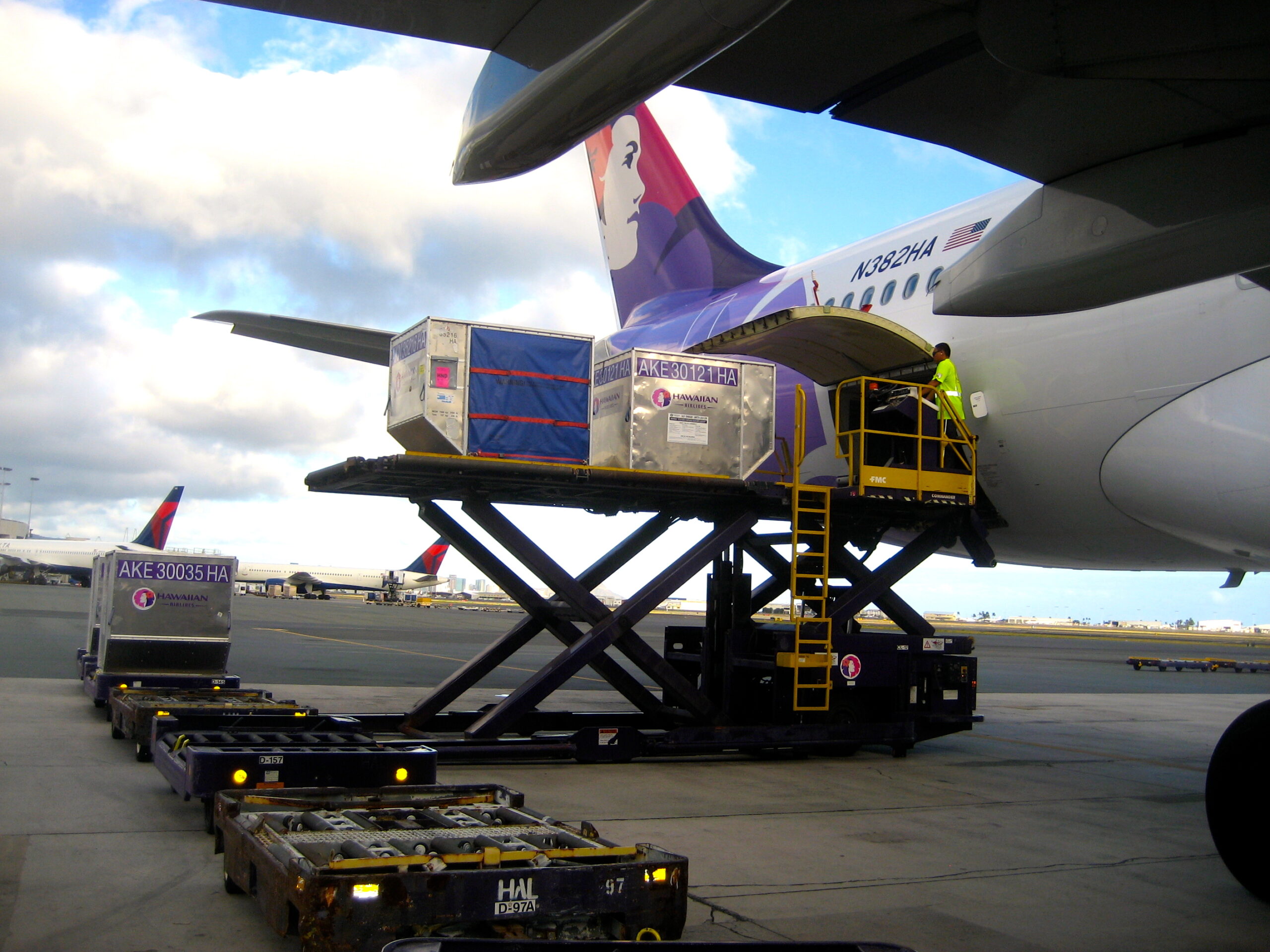Wasps, live eels and capsicums are just some of the perishable export products driving New Zealand’s rapid growth in the US market.
New Zealand exports of short shelf-life goods to the US have increased by up to 150 percent over the past few months according to new industry figures and data from Hawaiian Airlines.
Tim Strauss, vice president of the airline’s cargo division, says the market demand for a diverse range of products is increasing rapidly as Kiwi producers fill seasonal gaps in the northern hemisphere, and are expanding the market for live produce in the US.
Strauss says analysis of data from their NZ cargo shipments shows significant growth, particularly for niche and time sensitive products such as horticultural produce, frozen serum and live animals.
Already year-to-date fresh fruit exports to the US mainland in 2016 are up by 50 percent to $136 million compared to the same time last year according to industry export figures. Live animal exports are also up 53 percent* over the same time period.
Increasingly, Honolulu is being used as a hub by New Zealand exporters of perishable goods keen to supply the greater US market.
Strauss says shipments of products such as live eels have doubled in the past few years passing through Honolulu on their way to the New York City fish markets. Frozen wasps are also being exported from NZ for the production of immunotherapy drugs where they are in high demand and at the same time, a US decline in the size of cattle herds has also seen increasing demand for fresh New Zealand meat products.
He says that North American and global consumers have an expectation that a wide variety of fresh foods will be maintained throughout the winter and off-season months which has created an opportunity for Kiwi farmers.
“As the US growing season comes to an end, demand for NZ produced foods such as berries, capsicums and root vegetables increases,” he says.
Strauss says with a three day shelf life, foods like blueberries and raspberries are highly perishable and are air freighted to maximise grower and retailer returns.
“Berries which are picked today by Kiwi farmers, will be delivered to North American supermarket shelves within as little as 36 hours from farm to retailer – anything later than that will make them unsalable,” he says.
Strauss says the airline has developed its service offering and technology to ensure the supply chain can be managed to deliver produce to US consumers rapidly.
“The fastest growing segment for the air cargo industry has been in perishable goods. Timely and dependable transit creates huge demand and new market opportunities for New Zealand farmers, fishermen, and scientists alike who all share in the benefits of access to customers well beyond the borders of their own country.
“Perishable shipments are monitored constantly in-flight using temperature and shock sensors, passive tracking technology and CCTV cameras all providing the data needed to monitor and maintain the integrity of the distribution chain.
Export documentation has also been moved to the cloud which helps expedite processing of shipments and improves traceability,” he says.
Strauss says the carrier has also invested in developing processes to reduce delays in transit.
“Every unnecessary hour these perishable products are in a cargo hold, their resale value diminishes – it means the punctuality record of the airline has become one of the most critical factors for this rapidly growing sector of the economy,” he says.
For more information visit https://www.hawaiianaircargo.com/




